Ho Chi Minh City's international transit port with a total investment of more than 5.4 billion USD in Can Gio will create a breakthrough for the Southeast region. If it is not built soon, the whole region will miss the opportunity, according to Dr. Tran Du Lich .
The opinion was given by economic expert Tran Du Lich, a member of the Government's Advisory Group, at the Workshop on the research project of Can Gio international transit port on the afternoon of May 12. The proposed port area is in Phu Loi islet area, located at the mouth of Cai Mep river. The project has a main wharf of nearly 7 km long, capable of receiving the largest container ships today (24,000 TEUs - equivalent to 24,000 20-foot containers).
According to Mr. Lich, this project has favorable conditions for implementation such as the planned construction location is within the planning and the investor is a world- class shipping company with a lot of experience. "Experience shows that where the project planning and the investor's intentions meet, there will be success," he said and said that the issue to be discussed now is not whether to build Can Gio port or not, but how to implement it as quickly as possible so as not to miss the opportunity.

Dr. Tran Du Lich speaks at the conference on the afternoon of May 12. Photo: Gia Minh
According to this expert, the early implementation of the project will be a breakthrough not only for Ho Chi Minh City but also for the whole Southeast region, because it will form an international trade gateway. Can Gio Port is also expected not to affect or compete with Thi Vai - Cai Mep area in Ba Ria - Vung Tau, but both will form a seaport system for the region.
The biggest challenge in implementing this project, according to Dr. Tran Du Lich, is to ensure economic efficiency without affecting the environment, because this is the "green lung" of the city. Therefore, the Southeast Regional Coordination Board needs to coordinate from the beginning to implement synchronously, preparing the best conditions for early implementation.
Sharing the same view, Director of Ho Chi Minh City Customs Department Dinh Ngoc Thang said that the Can Gio transit port project is of regional scale. This is a project that has been expected by many generations, if it is not done soon, it will fall behind. According to him, when the port is built, 70-80% of goods will be transited here. This will help reduce logistics costs, because for a long time goods have had to be transited to Singapore, which is more expensive.
Mr. Le Duy Hiep, Chairman of the Vietnam Logistics Service Enterprise Association, said that Can Gio transit port is suitable for the model of a regional port. When formed, the project will be the driving force for the development of the container fleet in Vietnam, at the same time creating a Can Gio coastal urban area, leading to the development of large logistics centers. However, he said that to become an international transit port like Singapore, in addition to infrastructure investment, it is necessary to apply modern technology according to international standards. In addition, the implementation also needs appropriate mechanisms and policies.
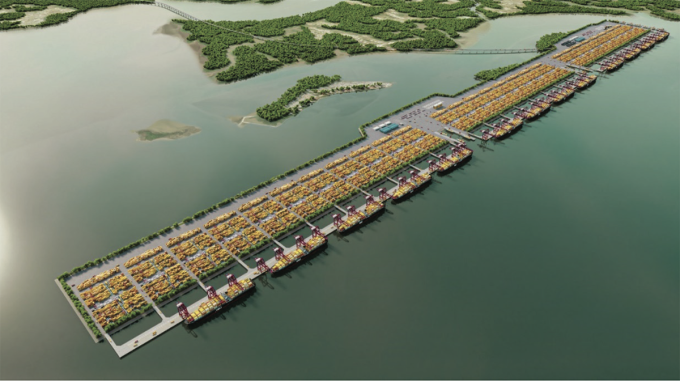
Perspective of Can Gio international transit port project. Photo: Portcoast
Previously, Mr. Pham Anh Tuan, General Director of Port Design and Marine Engineering Joint Stock Company (Portcoast), the unit assigned to develop the Can Gio transit port project, said that the proposed port location is in the transition zone of the Can Gio Mangrove Biosphere Reserve, which is uninhabited and does not affect the core zone of this reserve. The port will mainly use green technology and electric energy.
The project has a total preliminary investment of nearly VND129,000 billion (over USD5.4 billion), divided into 7 implementation phases. Of which, the first phase is expected to be completed in 2027. The final phase will be completed in 2045. To connect the road to the port, a bridge over the Long Tau River and a new route are also being studied for implementation.
According to Mr. Tuan, the prerequisite for implementing the project is to form an international-scale transit port, at the same time meet the relocation of ports in the inner city area, attract businesses to participate in activities... Currently, Ho Chi Minh City has approved the logistics project and developed 7 centers, so it is very suitable to connect these places to Can Gio port. At the same time, the traffic connection to the port before 2030 is calculated only through waterway, then connected by road. The route connecting to the port is also planned to be elevated to limit the impact on the Can Gio Biosphere Reserve.
At the workshop, Vice Chairman of the Ho Chi Minh City People's Committee Bui Xuan Cuong said that Can Gio district is adjacent to the East Sea, located between two large river mouths. This place is an important shipping route in the seaport system and has the conditions to develop a national port and international transit. To have more basis for implementing the Can Gio transit port, he requested the Department of Transport and related parties to complete the project in May 2023. In particular, an important requirement is to carefully evaluate the relationship between seaport development and environmental protection.
Gia Minh
Source link




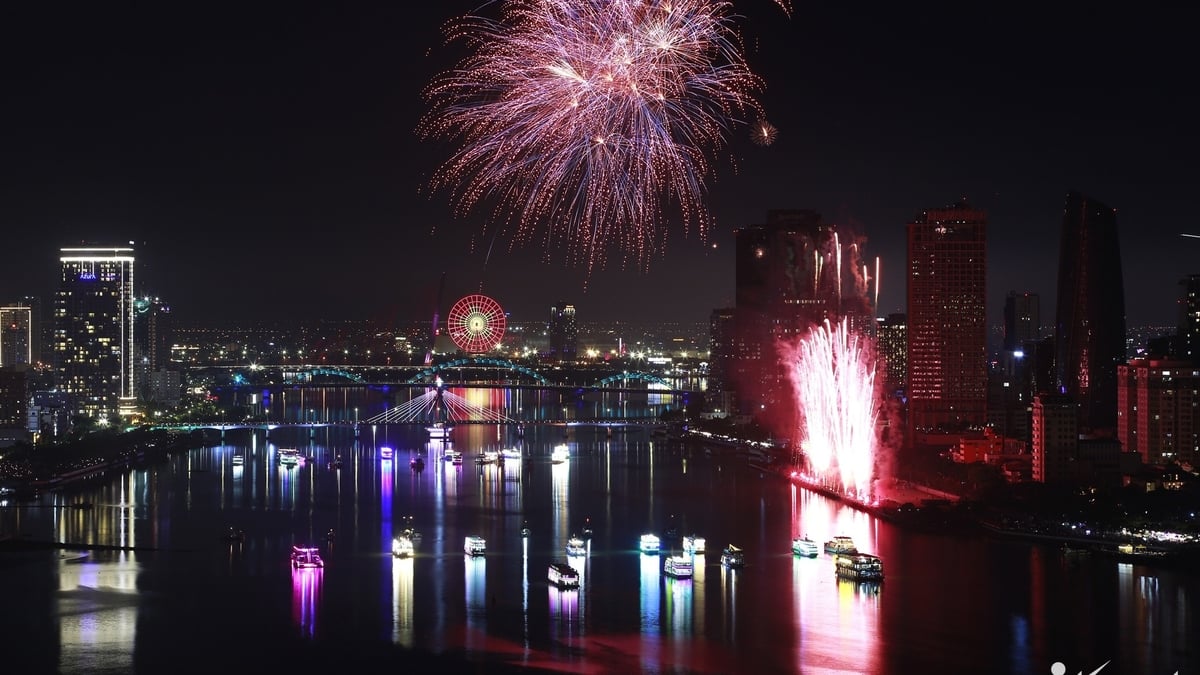





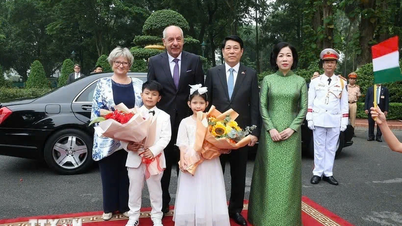

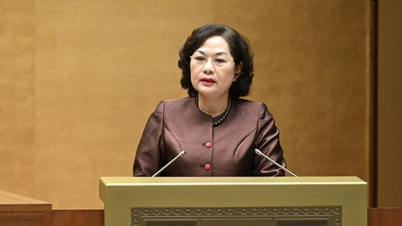

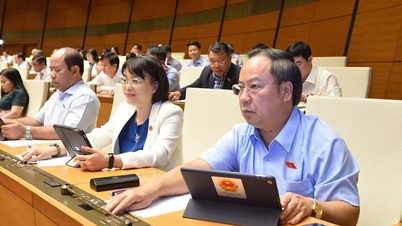

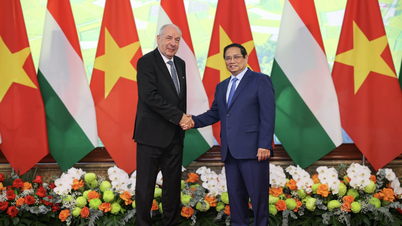

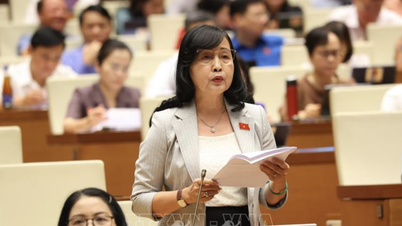









































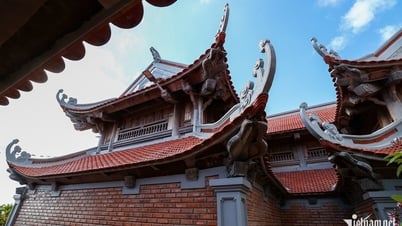

















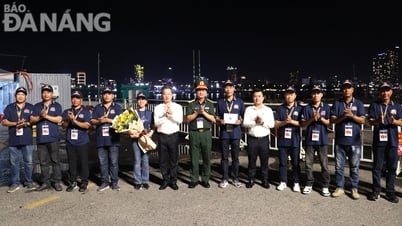











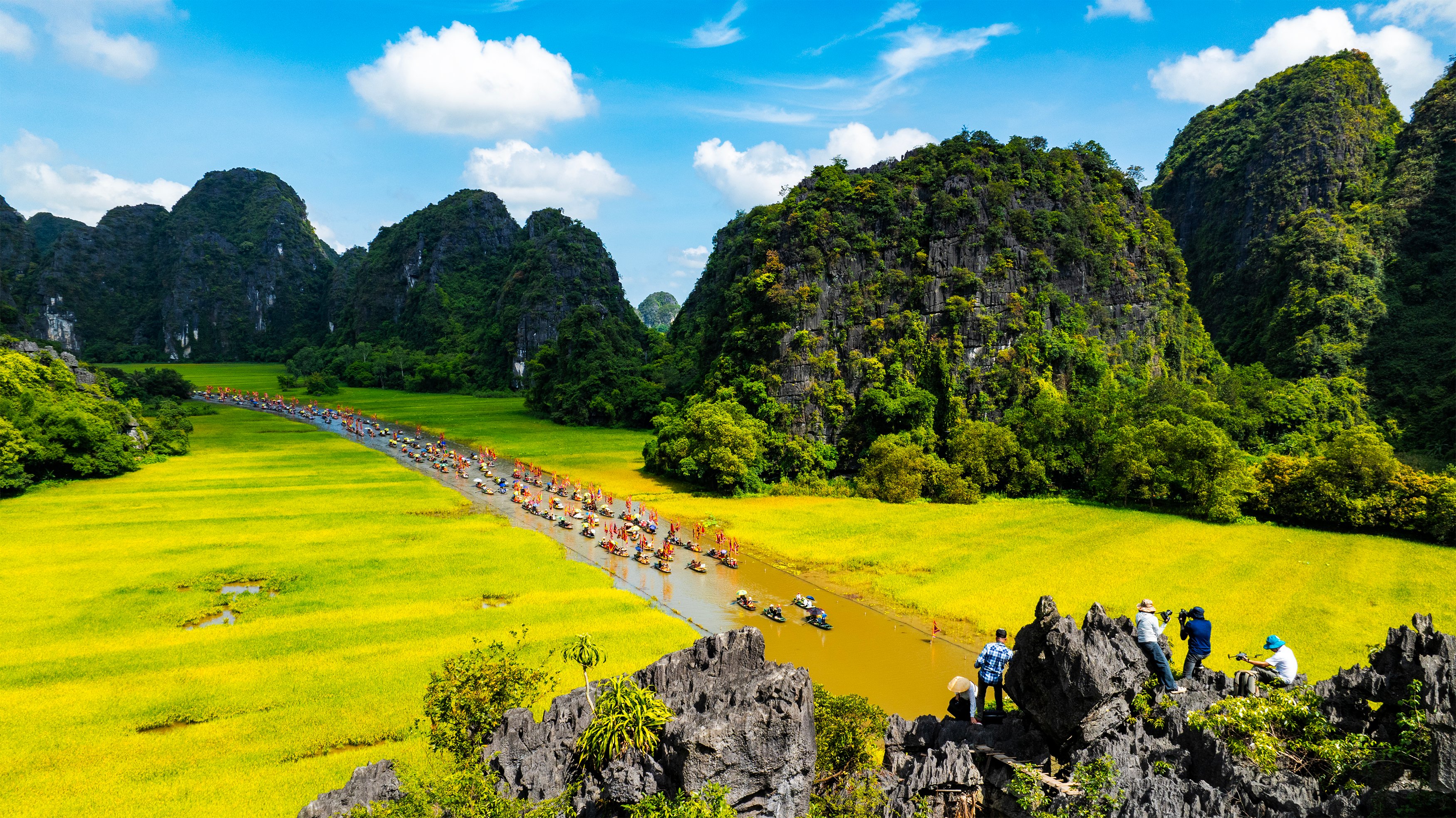



Comment (0)